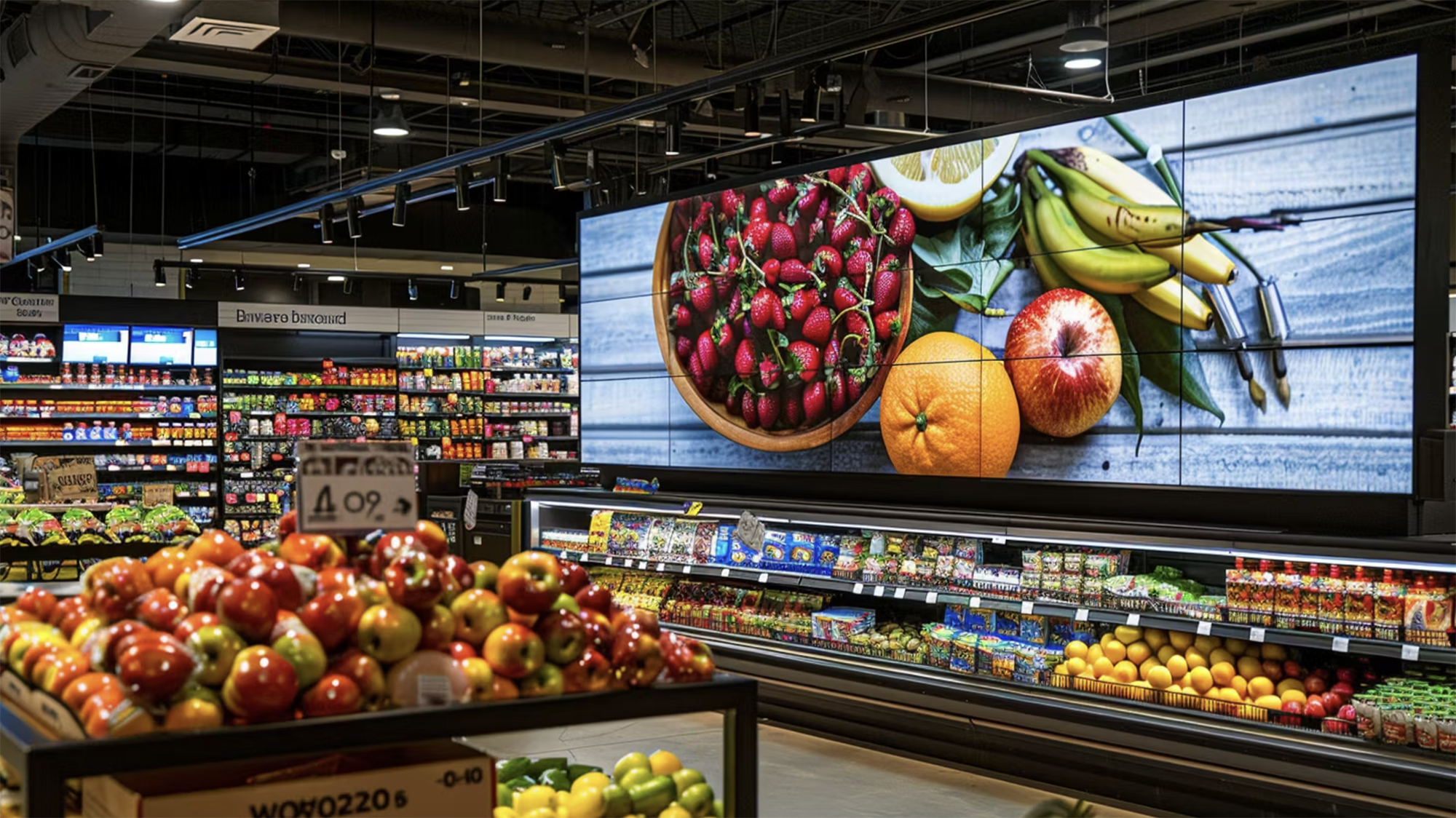AI Revolutionizing Supermarket Profitability
.png)
At a Glance
- 47% of grocery retailers are investing in personalized offers to meet evolving customer preferences
- 58% of shoppers expect a blend of online ordering, in-store shopping, and convenient pickup during holiday seasons
- 78% of shoppers actively seek the best deals, making AI-driven dynamic pricing crucial for staying competitive
- Delve into AI strategies to improve profitability.
AI integration in supermarket retail is revolutionizing inventory management through dynamic pricing strategies by leveraging real-time data analysis and predictive analytics. By monitoring customer behavior and market trends, AI systems enable real-time price adjustments and automated replenishment, ensuring optimal stock levels and reducing waste. These systems also enhance customer satisfaction through personalized offers and competitive pricing while improving operational efficiency by providing actionable insights for better decision-making. In a landscape where 78% of shoppers actively seek the best deals, AI-driven dynamic pricing helps supermarkets stay competitive, optimize profitability, and deliver a personalized shopping experience.
Dynamic Pricing Strategies - AI-enabled dynamic pricing empowers supermarkets to adjust prices in real time, responding to factors such as demand fluctuations, competitor pricing, and external variables like weather patterns. With 47% of grocery retailers poised to invest in personalized offers, there's a clear trend toward tailored pricing strategies to meet evolving customer preferences. This agile approach not only optimizes revenue streams but also enriches customer experiences by adapting dynamically to market dynamics.
Real-Time Price Adjustments - AI-driven dynamic pricing enables supermarkets to swiftly adapt prices, minimizing waste and maximizing revenue. For instance, as 58% of shoppers anticipate a blend of online ordering, in-store shopping, and convenient pickup during holiday seasons, supermarkets can leverage real-time pricing adjustments to optimize revenue across various channels as mentioned in the article “Why Grocers Must Adopt Dynamic Pricing for Growth and Customer Satisfaction” by Grocery Doppio.
Accurate Demand Forecasting - Sophisticated algorithms analyze historical data and external variables to forecast demand patterns accurately. By anticipating shifts in consumer behavior, supermarkets can adjust prices during peak demand periods, aligning with shopper expectations and enhancing profitability. The success story of Ahold Delhaize's market share growth as mentioned in the article “Ahold Delhaize's Market Share Growth in Q1 2023 Highlights Trust in Local Brands” by Grocery Doppio, illustrates the efficacy of such optimized pricing strategies.
Competitive Pricing Strategies - Supermarkets can monitor competitor pricing in real-time and adjust their strategies accordingly. This ensures they remain competitive, retain market share, and uphold customer loyalty, thus enhancing profitability in a dynamic marketplace.
Price Sensitivity Analysis - Understanding customer price sensitivity and elasticity is crucial for optimizing pricing strategies. By analyzing historical data and consumer behavior, supermarkets can identify optimal price points to balance revenue optimization and customer satisfaction effectively.
Promotions - AI-driven pricing strategies also facilitate enhanced customer engagement through personalized promotions and targeted offers. By leveraging data analytics, supermarkets can tailor promotions to individual preferences, fostering loyalty and increasing sales volumes in specific product categories.
The integration of AI-driven pricing strategies into supermarket operations is crucial for profitability and customer satisfaction. Dynamic pricing, real-time adjustments, and accurate demand forecasting enable retailers to anticipate and react to market fluctuations with precision. The ability to monitor competitors, assess price sensitivity, and enhance customer engagement through tailored promotions empowers supermarkets to remain competitive and increase customer loyalty.


.png)





.png)


